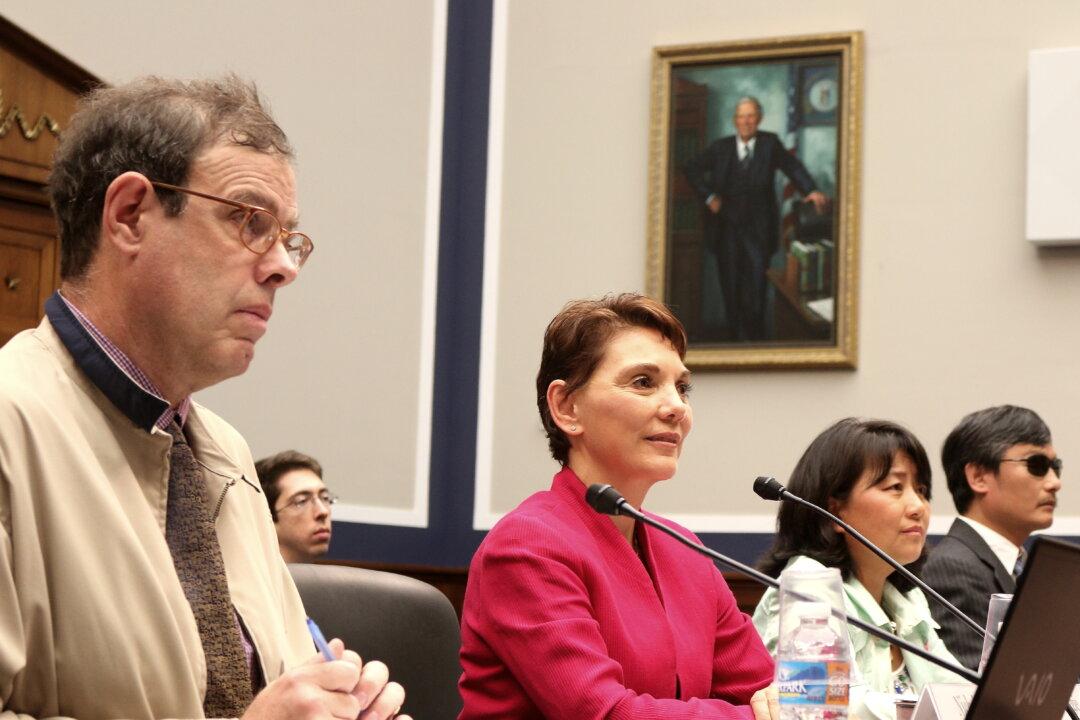WASHINGTON—Just over a year ago, China modified its “One Child Policy” to allow couples to have two children when one of the parents is an only child.
The change was not a major reform and by no means meant that the policy was on its way out. The main coercive features were left untouched, according to the testimony given April 30, at the Congressional Executive Commission on China (CECC).
“Left unchanged was the Chinese government’s strangle-hold on deciding who can have children, when they can have children, and how many children a family can have,” said Congressman Christopher Smith (R-N.J.), who chairs the commission.
Reggie Littlejohn, founder and president of Women’s Rights Without Frontiers, said it left in place the “dreaded ‘birth intervals’ between children. If a woman gets pregnant before the interval has lapsed, she risks forced abortion.”
Littlejohn said that “tweaking” the policy to allow two children does not address the core issue of human rights. “The CCP [Chinese Communist Party] is telling women how many children they can have and then enforcing that limit through forced abortion and forced sterilization. … Women who get pregnant without permission will still be dragged out of their homes, strapped down to tables, and forced to abort babies [that they want].”
‘River of Blood’
Present at the CECC hearing was the blind Chinese lawyer Chen Guangcheng, who while in China challenged the abuses of population planning officials, including forced abortions and sterilizations. After serving a sentence of four years and three months, he and his family were placed under virtual house arrest. Chen managed to escape his captors in 2012 and came to the United States with his family.
Chen read some official slogans from provinces, which reveal the bloody and brutal violence emanating from China’s birth control practices.
In Jiangsu: “We'd rather see a river of blood than a single [unauthorized] baby born alive.”




